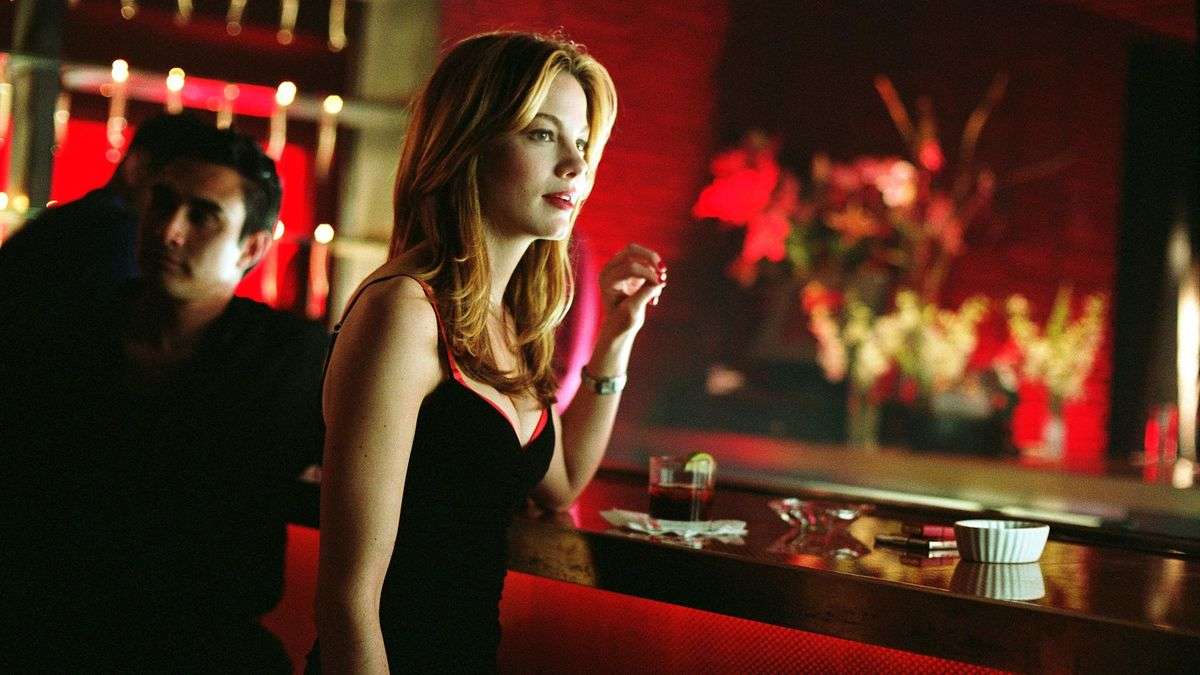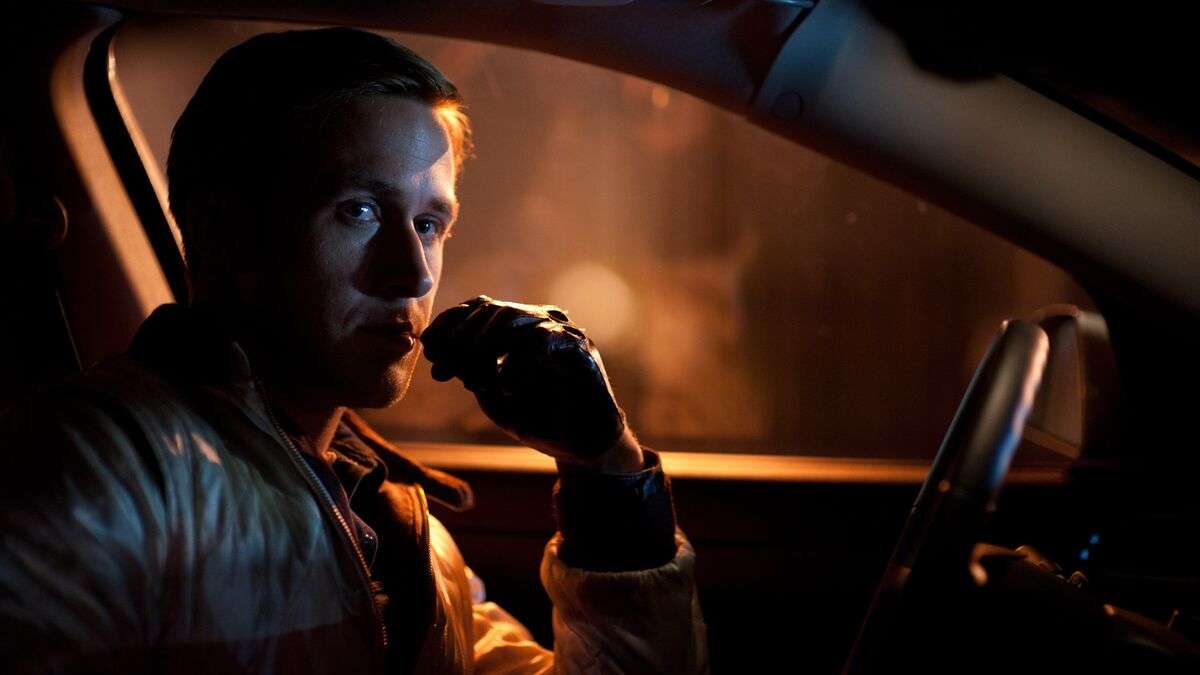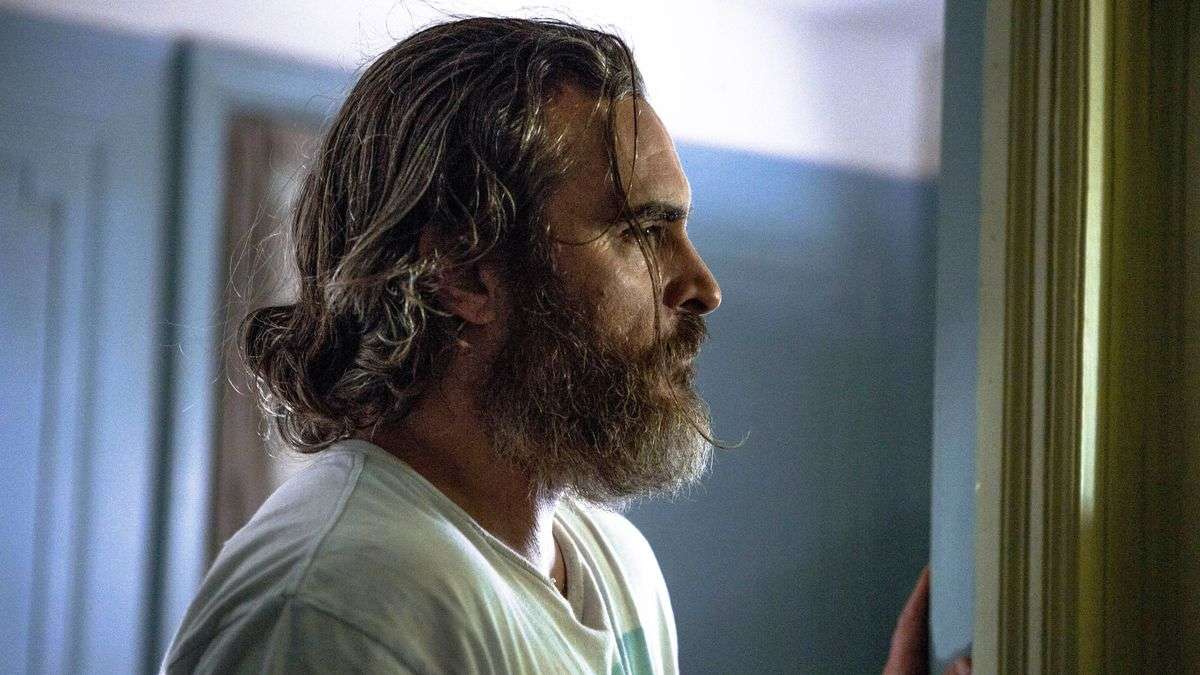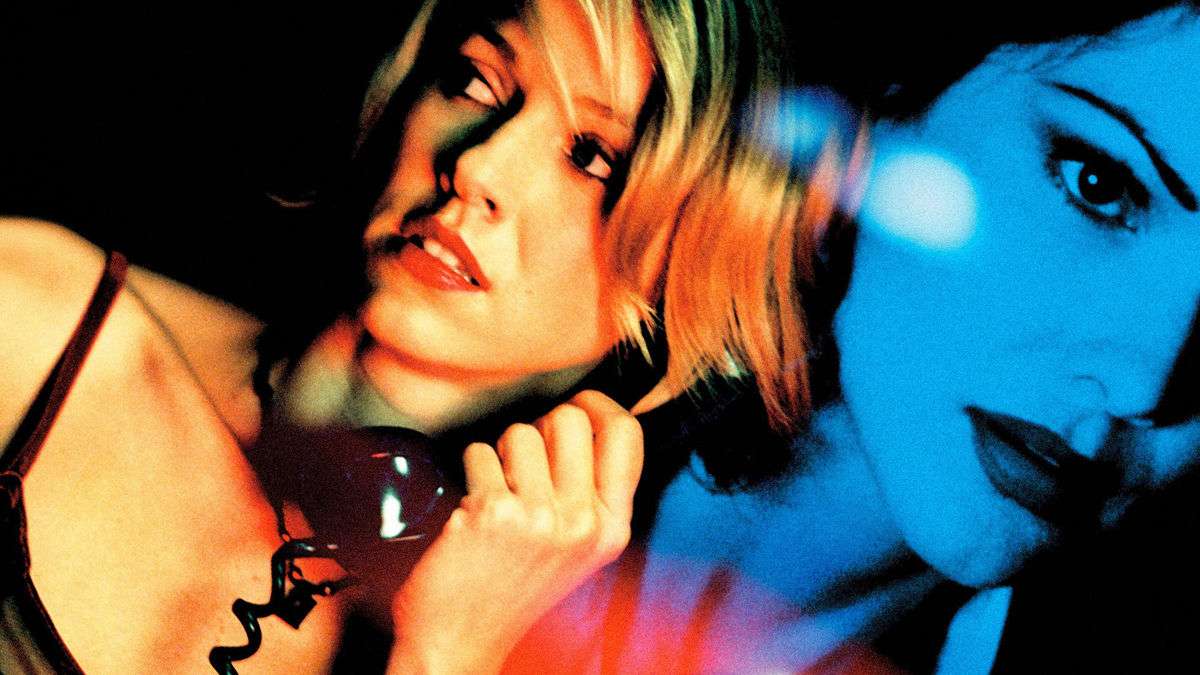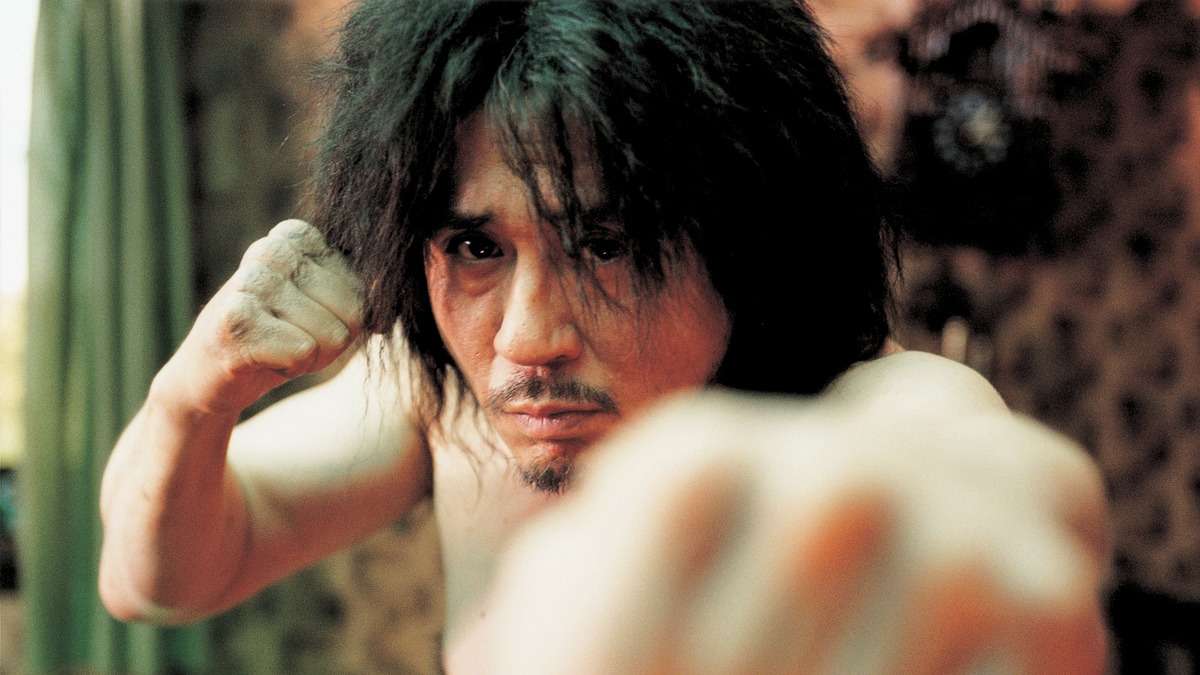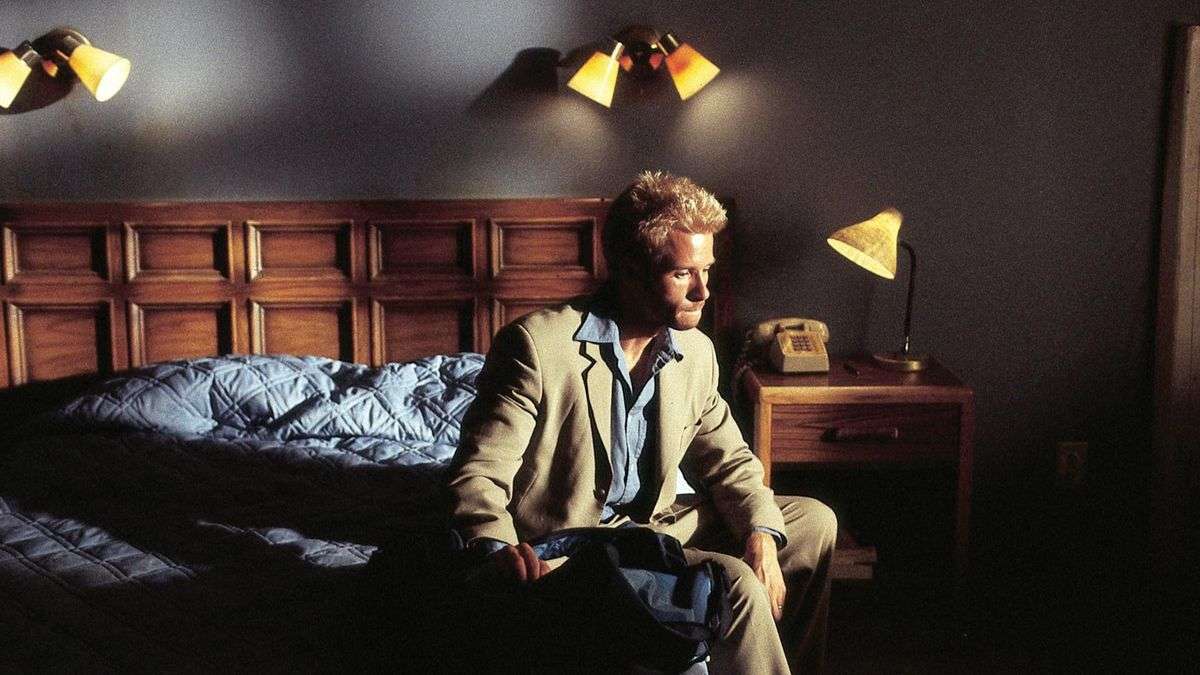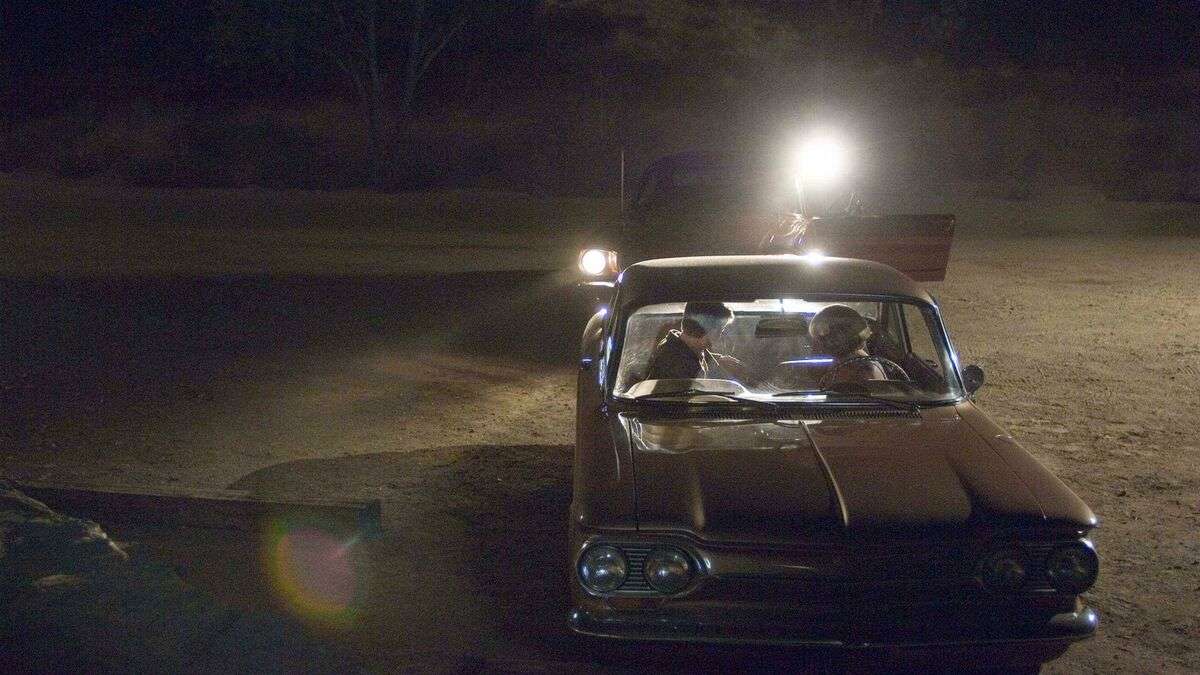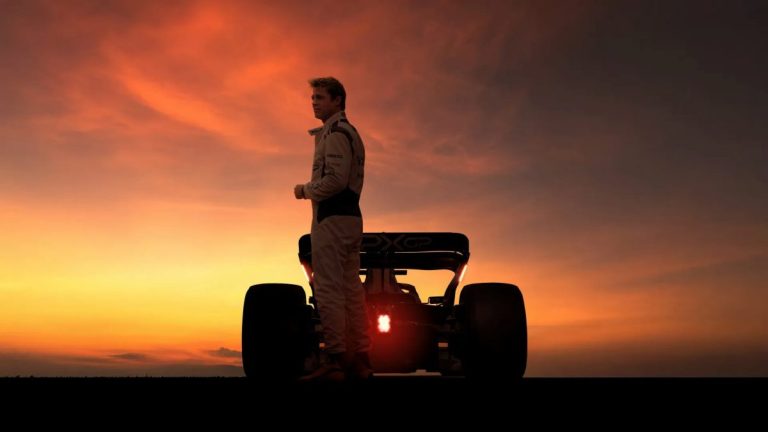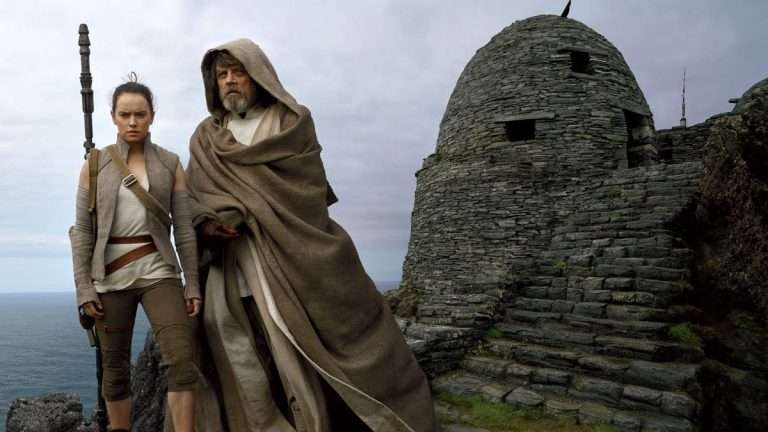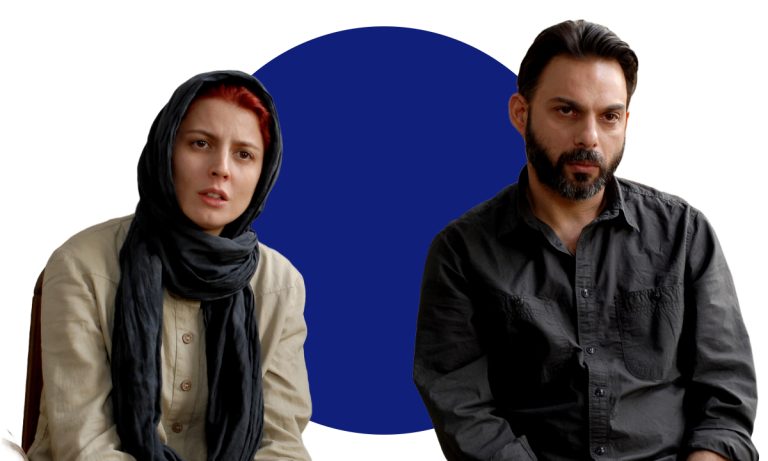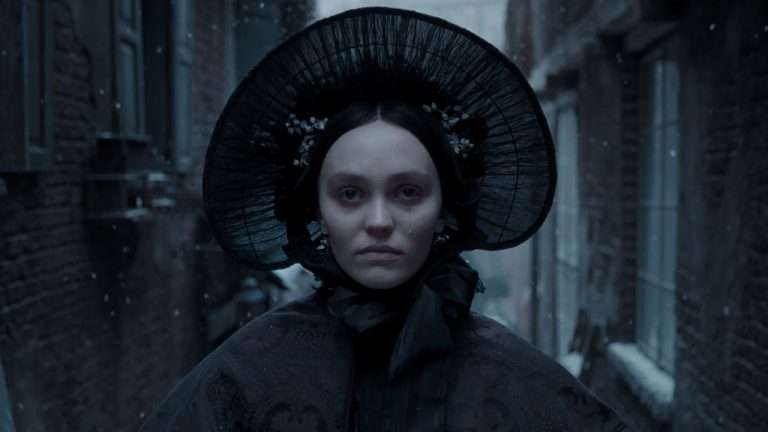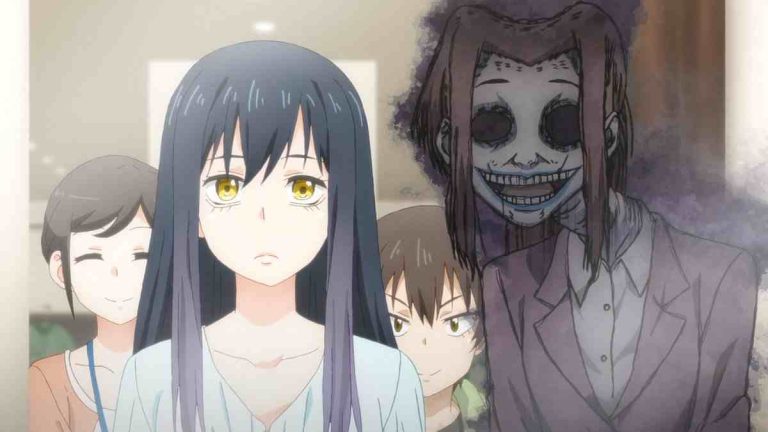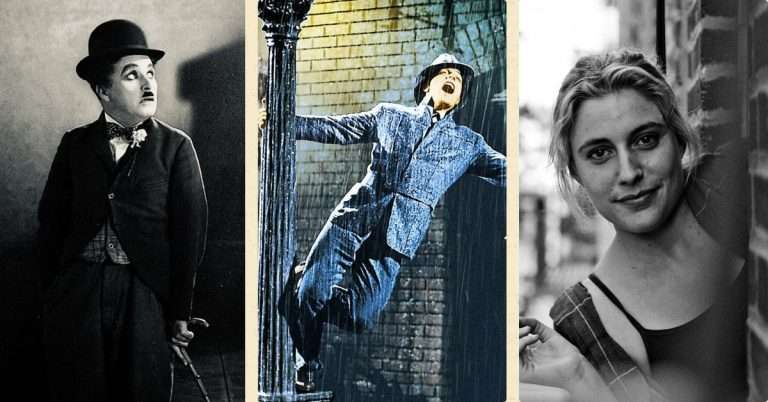Film Noir would become the ubiquitous term for critics in the mid-50s and 60s to describe the stylish crime dramas and capers of the 40s and 50s. The visual stylization of noir (chiaroscuro, German expressionism) collides with post-war uncertainty and anxiety which would be reflected within the convolution of the storytelling itself. Post the 1950s, filmmakers worldwide would construct narratives that would homage to the essence of film noir and become more integrated within the umbrella of other genres (sci-fi, horror, western). Those would be termed as neo-noirs.
The essence of noirs would essentially “corrupt” and push the essence of genres like sci-fi towards far cynical territory. These neo-noirs would become prevalent in the early 2000s, especially post 9/11, where homage to a style would be transmuted into an expression of the human condition. The topics range from trauma, loss, and identity struggles to a disconnection from the world they inhabit. At times, there is also an inclination to shirk responsibility, using external circumstances as justification for heinous acts. The list below comprises ten such films that represent the best of the genre.
10. Kiss Kiss Bang Bang (2005)
Based on the Brett Halliday novel “Bodies are Where You Find Them” (1941), Shane Black updates the hardboiled crime thriller that had been a staple for noirs in the 40s – 50s. The film follows petty thief, Harry Lockhart (Robert Downey Jr.), who unintentionally wins a screen test in New York City and finds himself in Los Angeles. There he becomes tangled in a murder investigation plot with private detective, “Gay” Perry Van Shrike (Val Kilmer), who had been hired to give him pointers for his role in the film, while also crossing paths with his childhood crush, Harmony Lane (Michelle Monaghan).
Black’s quick-witted nature shines well in his screenplay, where his sarcastic asides and comedic lens towards the idiosyncrasies and power-plays of Hollywood are suitably brought through within the umbrella of a noir genre. The convolution of the plot is less dependent on the plot and more enhanced by the buffoonery of the central protagonist essentially play-acting as an actor play-acting as a detective, led along by a moderately efficient detective, and the duo crashing against the weirdness of Los Angeles itself.
9. Drive (2011)
Screenwriter Hossein Amini adapts James Sallis’ eponymous 2005 novel, which follows a skilled Hollywood Stuntman who moonlights as a getaway driver for criminals. His slow-developing relationship with his pretty neighbor, Irene gets complicated when Irene’s ex-husband gets out of jail, and hires him for a major heist, that goes wrong. The novel essentially takes the strong, silent protector of the Western genre, and transplants it to a cityscape, resulting in a neo-noir having a taciturn protagonist.
The genesis of this occurred in “Dirty Harry” (1971), while the film takes ample inspiration, updating the sensibilities of Walter Hill’s “The Driver” (1978). But under the helm of Danish director Nicolas Winding Refn, the movie takes on a distinctive style. Refn’s high contrast color brings back the neon-noir, while his interest in the taciturn character leading a dual life deals with the complications of such an endeavor. He handles the romance as well as the violence with ferocious intensity. “Drive” thus becomes an experience of style intermingling with substance exquisitely balanced. The performances, especially by Gosling and Mulligan, aid in that balance.
8. You Were Never Really Here (2017)
This 2017 film written and directed by Lynne Ramsay, is adapted from the 2013 novella by Jonathan Ames. It follows a traumatized mercenary Joe (Joaquin Phoenix) who is hired by a politician to rescue his daughter from a human trafficking network using any violent measures necessary. Ramsay’s homage to noir lies in her deep exploration of Joe’s trauma. This is conveyed through surreal sequences that depict his suicidal thoughts and visceral flashbacks of the abuse endured by both Joe and his mother.
Ramsay’s handling of the brutality corresponds to the pared-down nature of the film itself. She removes the visceral nature of Joe beating down the human traffickers. Her filming ensures that we see Joe entering the scene from a distance, witness the violent aftermath, or hear the cries of pain of the guards but not the deed itself. Because the film is so laser-focused on the premise with not many extraneous subplots, the result is an unbearably tense affair, led by a haunting performance from Joaquin Phoenix and a gorgeously enveloping soundscape by Jonny Greenwood.
7. No Country for Old Men (2007)
This neo-western crime thriller, adapted from the Cormac McCarthy penned 2005 novel, is directed by the Coen Brothers. It follows Vietnam War veteran, Llewellyn Moss (Josh Brolin), who stumbles upon a large amount of cash in the desert in the aftermath of a drug deal gone wrong. Moss soon finds himself chased by assassin, Anton Chigurh (Javier Bardem), to recover the money. Sheriff Tom Bell investigates the crime and the resultant bloody trail on the chase.
The Coen Brothers’ love of genre translates to a form of classical filmmaking in their approach to the Western genre. The open spaces, through the material being adapted as well as the direction, invite nihilism. It’s akin to the evolution of the American Western to the revisionist Western. Anton Chigurh’s psychopathy gives him carte blanche to be a force of nature, representing fate through the result of a coin toss. He represents the unrecognizable dread that permeates throughout the film and Sheriff Bell. The film subverts the neo-western genre in the denouement, creating a fatalism that is uniquely hearkening to film noir.
6. Memories of Murder (2003)
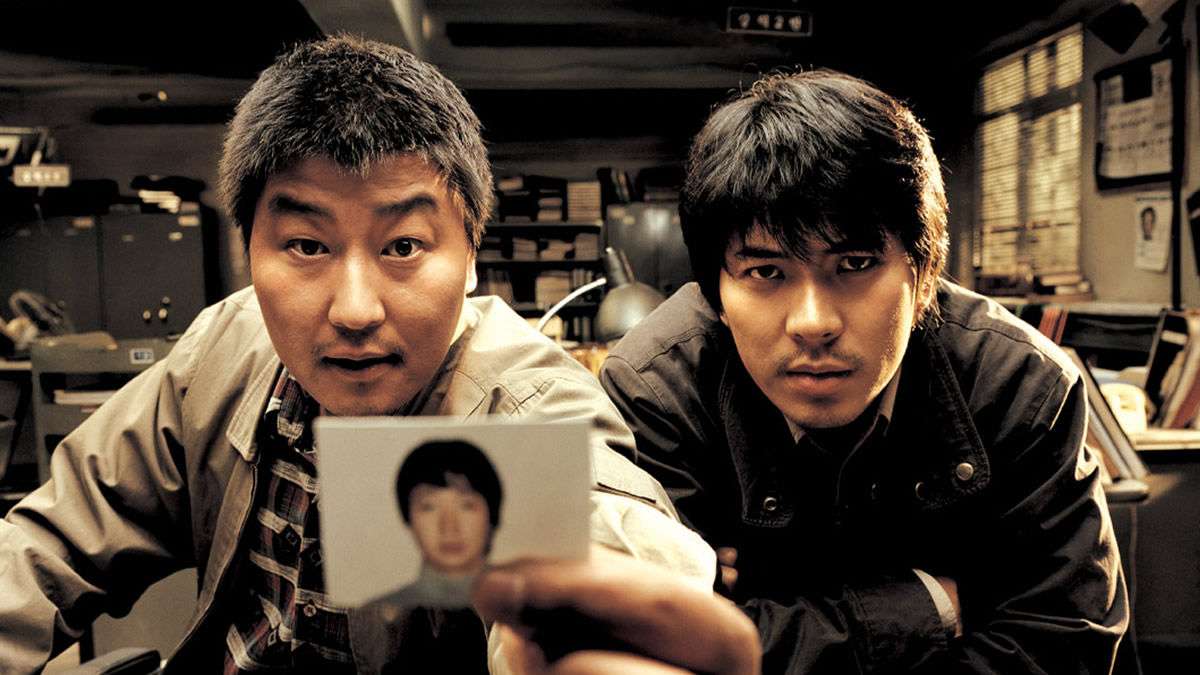
Based on a 1996 play “Come and See Me” by Kim Kwang-Rim, adapted into a screenplay by Bong and writer Shim Sung-Bo, Memories of Murder follows two detectives – Park Doo-Man (Song Kang-Ho) and Seo Tae-Yoon (Kim Sang-kyung) as they investigate one of the first cases of serial killings in the 1980s in the Hwansang District. Directed with a flair and a razor-sharp balance of tonality, “Memories of Murder” is very interesting in showcasing the mundanities and the procedural nature of the life of cops.
Park’s crookedness to force out a confession is contrasted with the by-the-book nature of Seo, but it’s fascinating how the almost buddy-cop film crashes headlong into a serial killer narrative that forces both these detectives to adapt and shift all their preconceived notions. The movie’s haunting ending, where Park looks on at the camera, almost breaking the fourth wall, is especially damning, and bleak, searching for the killer in the endless sea of humanity. Bong utilizes the strengths of the genre to critique the failings of society expertly.
Also Read: 10 Noir Films That Are Under 90 Minutes
5. Mulholland Drive (2001)
The 2001 surrealist neo-noir from David Lynch follows an aspiring actress named Betty Elms (Naomie Watts) arriving in Los Angeles to fulfill her dream of making it in Hollywood. Upon arrival, she meets and befriends an amnesiac woman (Laura Harring) and gets involved in her search for her true identity. All the while other vignettes involving a film director and a cabal of studio heads soldier on. As it is a Lynch film, what seems a conventional tale of the “Hollywood dream”, becomes a convoluted noir, where the development of characters is intentionally restricted to archetypal.
The dream logic narrative, disinterested in answers, revels in its “incompleteness.” The inversion in the final act provides answers which still feel indefinite. Lynch in his surrealist concoction of a Hitchockian moral fable and a tale of human putrefaction by the allure of Hollywood, ultimately talks about the manipulation of deception in a world of smoke and mirrors. The failure of such manipulation results in talented artists not getting recognition and being spat out of the system, the fame of Hollywood just out of reach.
4. Blade Runner 2049 (2017)
The sequel to Ridley Scott’s cult classic and highly influential, pioneering sci-fi neo-noir “Blade Runner,” “Blade Runner 2049,” is directed by Denis Villeneuve from a screenplay by Hampton Fancher and Michael Green. It shifts the setting to thirty years after the film’s version of 2019, where a new replicant K (Ryan Gosling) unearths a secret about replicants that could potentially have disastrous consequences.
While the original “Blade Runner” famously tries to stay ambiguous regarding Rick Deckard’s (Harrison Ford) status as a replicant, the sequel chooses one lane and runs with it. But in choosing to run, Villeneuve, aided by a great script and fantastic cinematography by Roger Deakins, manages to re-immerse us into the world by updating it retro-futuristically exceptionally well. It re-affirms as a story of identity with a long-spanning character arc for K as he goes about solving the mystery. The slow-burn approach also allows for the logical integration of Deckard’s character into the story in a very impactful fashion. But again, it’s the visuals and the score that will stay with you long after the movie ends.
3. Oldboy (2003)
An adaptation of the eponymous manga, directed by Park Chan-Wook, “Oldboy” follows Oh Dae-Su (Choi Min-Sik), imprisoned in a hotel room for over 15 years with no clue of his captor’s identity. As he is freed fifteen years later in a similarly mysterious fashion, he finds himself untangling a web of lies and a conspiracy while seeking revenge against his captors. Even from a form perspective, director Park Chan-wook’s utilization of interesting transitions could be interpreted as an acknowledgment of the audience interpreting white spaces between manga panels as connective tissues to exhibit movement of space and time.
The film’s treatment is also strongly rooted in Korean cultural idiosyncrasies and almost doubles down on them. “Oldboy,” in its exploration as a revenge film, doesn’t end with a catharsis for the protagonist. The famous twist aside, it also works as a validation of the antagonist’s actions, while the protagonist itself is seen throughout the film as a supremely flawed figure. Vengeance drives these two violent and unstable individuals to their bitter but compelling end. That’s what makes “Oldboy” fascinating.
2. Memento (2000)
“Memento” follows Leonard Shelby (Guy Pearce), a man suffering from retrograde amnesia. He can only remember events for fifteen minutes before essentially resetting. Shelby uses a handful of notes, photographs, and tattoos all over his body to keep track of, as well as help him capture the one responsible for killing his wife and leaving him in this condition. The narrative is essentially Nolan playing with chronology, running in two tracks—the past and the present—the meeting point already known to the audience.
The unique nature of the known denouement is made further distinctive by Nolan’s handling of noir tropes—voiceover, flashbacks, and convolution. Nolan crafts an apparent conventional revenge story, making the script complicated enough for the audience to piece through the puzzle. The resolution is shocking because of its cyclical nature, brought about due to cynical reasons for utilizing Leonard’s condition, by Leonard and his “allies.” The short-term memory loss increases Leonard’s focus, rendering him a terrifying vigilante as well as a malleable gun to be pointed at a target. “Memento” thus acts as a crescendo of Nolan’s searing distrust towards humanity.
1. Zodiac (2007)
Based on the serial killings perpetrated by the Zodiac Killer during the late 60s and the early 70s, David Fincher’s film is a story of the manhunt for the Zodiac killer, as well as the mystery to decode the ciphers sent by the killer to the newspapers in the San Francisco Bay Area. This causes the lives of Detective Toschi (Mark Ruffalo), journalist Paul Avery (Robert Downey Jr), and cartoonist Robert Graysmith to intersect in a shared obsession with catching the killer.
As a movie from the perspective of a serial killer, or an investigator, “Zodiac” would have been engaging. But because it oscillates between storytelling virtuosity and factual veracity, the perspective of the community takes precedence. Decades may pass and pop culture may evolve, but the psychological trauma and obsessive fear caused by a serial killer’s rampage—and ultimate escape—continue to evoke an unsettling sense of dread. It is a movie where the hunt for the killer takes equal precedence to the case’s relevance. For a film lacking car chases but filled with people talking, “Zodiac” is extraordinary in its pace and rhythm.

